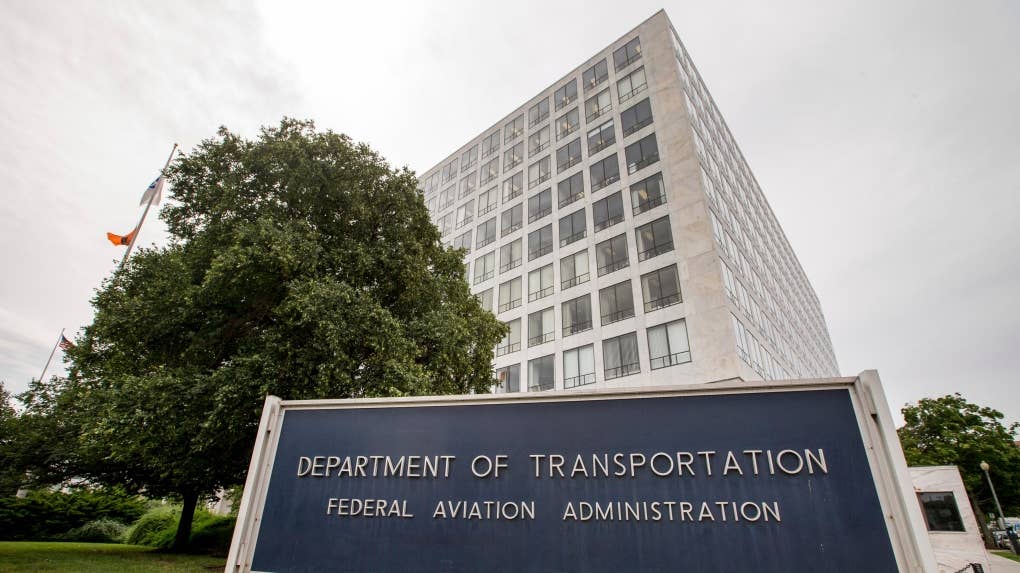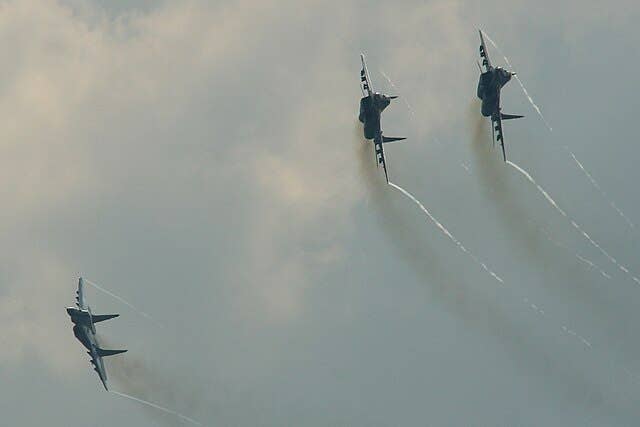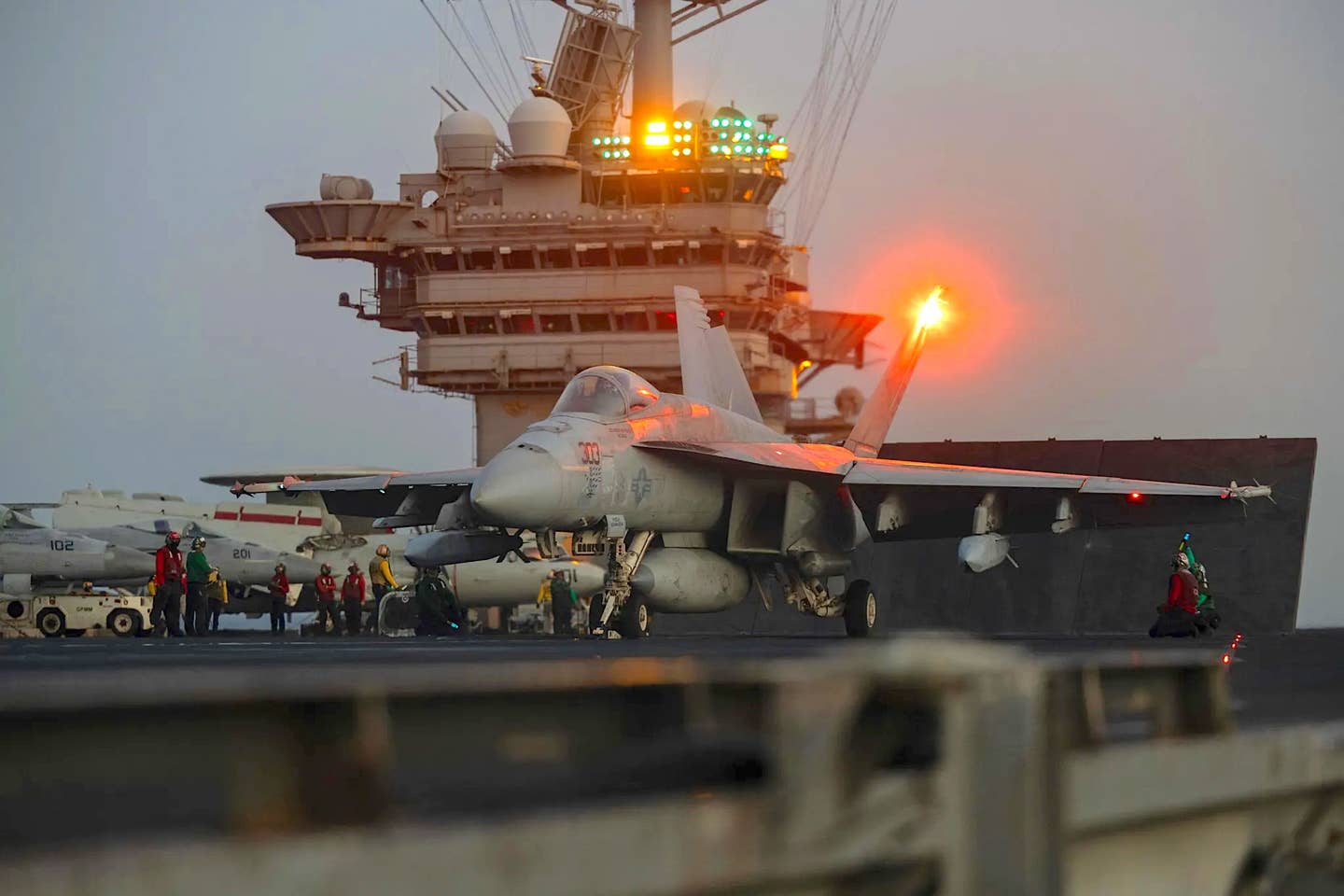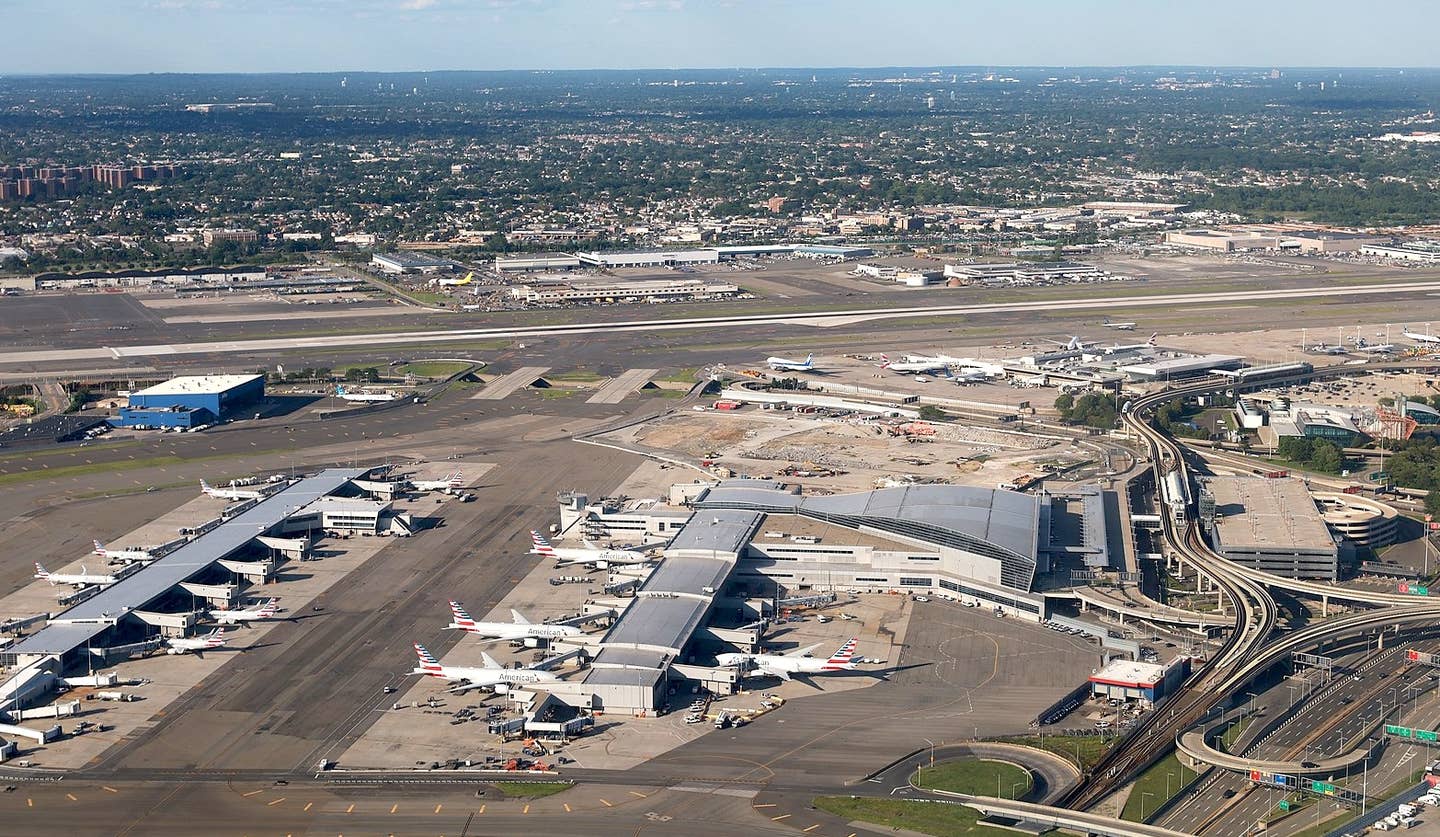Survey Says FAA Inspectors Feel Pressure To Accommodate Business
An independent survey of FAA safety division employees suggests they feel pressure to accommodate industry demands at the expense of safety. The Mitre Corporation survey was sent to 7,000 employees…

An independent survey of FAA safety division employees suggests they feel pressure to accommodate industry demands at the expense of safety. The Mitre Corporation survey was sent to 7,000 employees in the aviation safety group and 25 percent responded. Those who took the time painted a picture of a regulatory agency influenced by the financial concerns of the companies it regulates. The survey was sent to Congress on Friday and Rep. Peter DeFazio, D-Ore., chairman of the House Transportation Committee, said it revealed “a disturbing pattern of senior officials at a Federal agency rolling over for industry.”
FAA Administrator Steve Dickson, who fared pretty well in the survey for his posture of standing up to Boeing, agreed with DeFazio and said the “problems” revealed by the survey will be addressed. “It is completely unacceptable that there are employees who lack confidence that their safety concerns are taken seriously.” The respondents said that if they dig their heels in on safety issues that cost industry money, the companies complain to their bosses and politicians, which results in directives to find “win-win” solutions to contentious issues. The report said the field inspectors believe FAA brass “are overly concerned with achieving the business-oriented outcomes of industry stakeholders and are not held accountable for safety-related decisions” and that takes a toll further down the food chain. “There is a fallout of us not being able to do our job,” one employee said. “Accidents happen and people get killed.”






